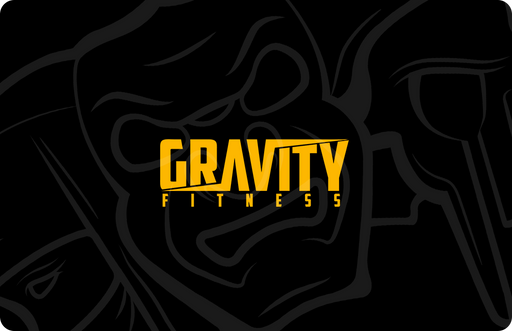
Sauna for fitness and recovery?
What kind of sauna should you use for healthy lifestyle and training recovery?
Saunas have been a spa-day staple for decades, but these days they are recognised as a training recovery tool. But there’s more than one kind of sauna. Which type of sauna should you use to support recovery and promote better training outcomes?
What are the benefits of using a sauna for fitness and recovery?
Muscle recovery: training can leave you feeling sore or just a bit weak. Sitting in a sauna is a natural way to speed up recovery by increasing blood flow, oxygen, and nutrients to muscle tissue. The heat is relaxing and may force you to dedicate some time to stretching, too.
CV health: sauna sessions can improve cardiovascular health and endurance levels. The heat stress mimics the effects of cardio, and the body adapts by improving heart function and increasing blood volume. This can have a positive impact on future workouts.
Flexibility: the heat helps relax muscles and connective tissue, which helps you get more from your stretching and mobility work (you do mobility work…right?) This can reduce your overall risk of injury and soreness from future training sessions.
Stress management and CNS recovery: sitting in a sauna encourages you to slow down, breathe, and just be – without hones, screens, or anything to do. The heat encourages relaxation and endorphin release which can fast-track recovery and stress management.
Improved circulation: the heat generated in saunas dilates blood vessels which means more blood and oxygen gets to your tissues and organs. Improved circulation is linked to reduced muscle soreness, faster healing, and improved CV health.
Pain relief: if you struggle with muscle aches, joint pain, or arthritis, saunas may help. The heat helps your muscles and mind relax, providing temporary relief. Infrared saunas are especially good at giving targeted relief for sore muscles and joints.
What are the different kinds of sauna?
There’s more than one type of sauna, and they all have slightly different benefits. The main types of sauna are traditional dry sauna (sometimes called Swedish sauna), steam room, wet sauna, and infrared sauna.
How to choose the best kind of sauna for fitness and training recovery
Dry sauna: the traditional type of sauna that uses dry heat generated by rocks or electric heaters. They have low humidity levels, with dry air and intense heat. Good for post-training relaxation and recovery. It’s worth noting that you typically can’t stay in a dry sauna for very long, so it’s not ideal if you want to relax for ages.
Infrared sauna: these use infrared heaters that give off infrared heat which gets deeper into tissues. These saunas aren’t as intensely hot as a dry sauna but still produce a deep, warming heat that you’ll definitely feel. Less of an intense heat, good for targeted pain relief. You will be able to sit in an infrared sauna for longer than a dry sauna.
Steam sauna or wet sauna: these use heated steam to create high humidity. The higher humidity levels and lower temperature offer a gentler experience that’s more about relaxation than physical benefits. May also be better if you’ve got respiratory issues. Some people don’t like the feeling of sitting in steam, though.
What’s the best kind of sauna for sport and fitness?
As with anything, the “best” kind of sauna is the one you have access to, enjoy using, and will use regularly enough to feel the benefits. Any kind of sauna is warm, relaxing, and encourages your mind and muscles to unwind and recover from training.
But if you are able to choose equally between a dry sauna, steam sauna, and infrared sauna, research suggests that infrared saunas are best for muscle recovery. This is because the infrared heat is designed to penetrate deeply into muscle tissues.










































